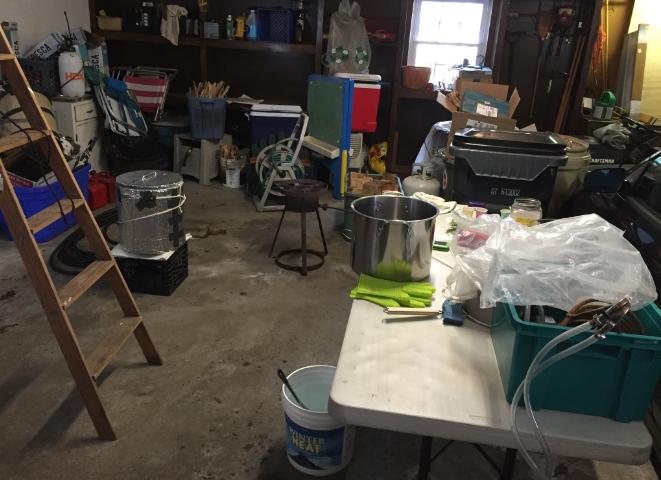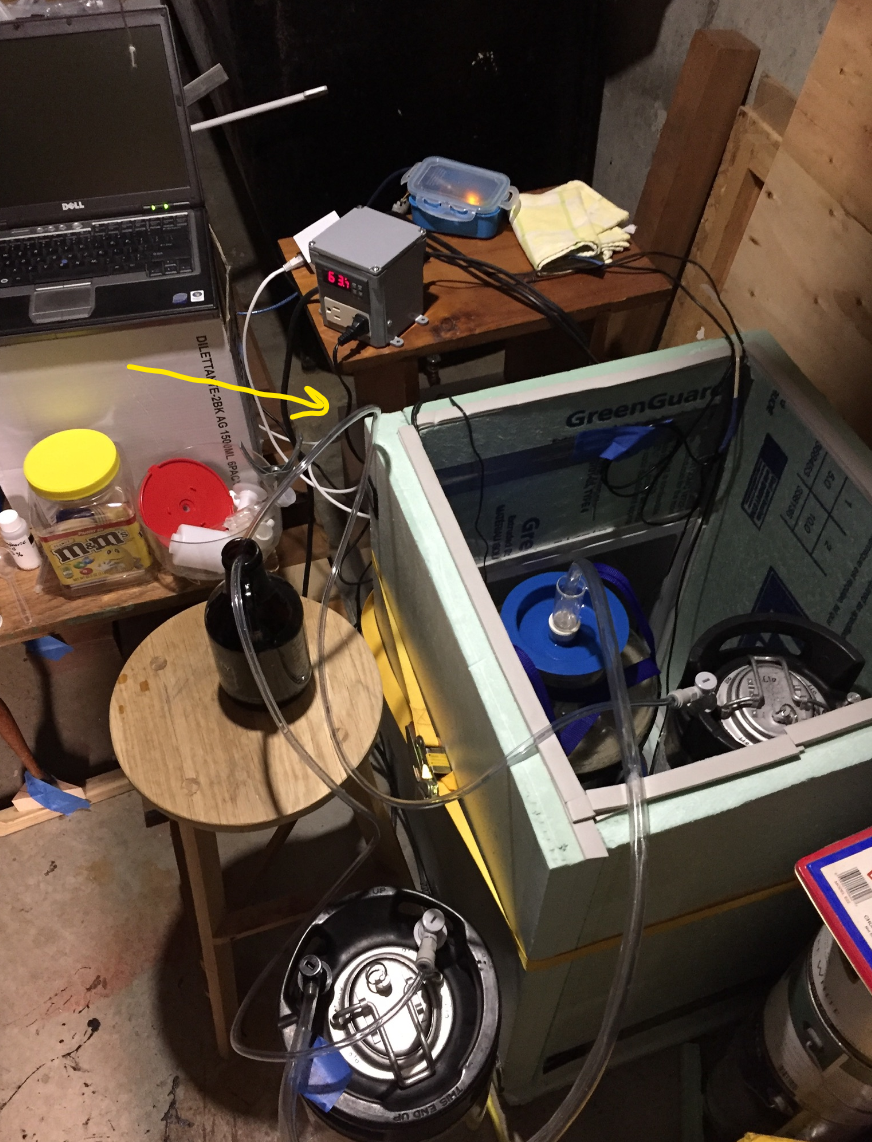You sure can and following this video you could have heating and cooling for way less than a chest freezer.
Just did a quick search and chest freezers do not appear all that expensive. I'm sure I could save a few bucks, but time is also money, and the freezer would look a lot nicer.
https://www.homedepot.com/p/Magic-C...Ieqh3zSBqzGDkyJdwixoCDE4QAvD_BwE&gclsrc=aw.ds
























![Craft A Brew - Safale S-04 Dry Yeast - Fermentis - English Ale Dry Yeast - For English and American Ales and Hard Apple Ciders - Ingredients for Home Brewing - Beer Making Supplies - [1 Pack]](https://m.media-amazon.com/images/I/41fVGNh6JfL._SL500_.jpg)


































